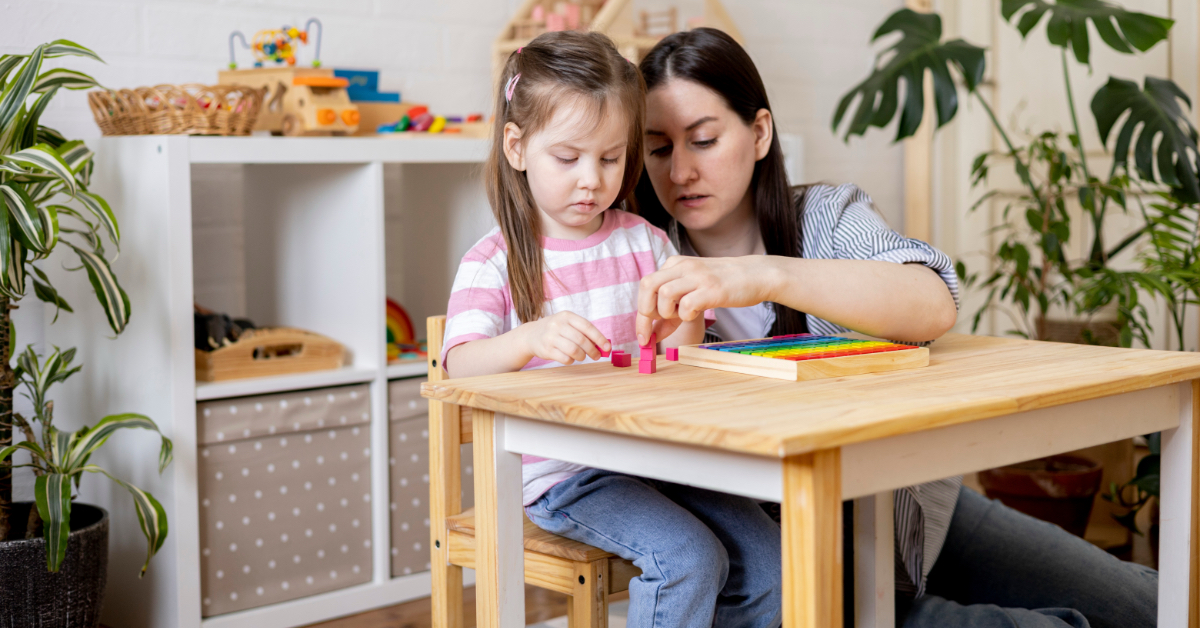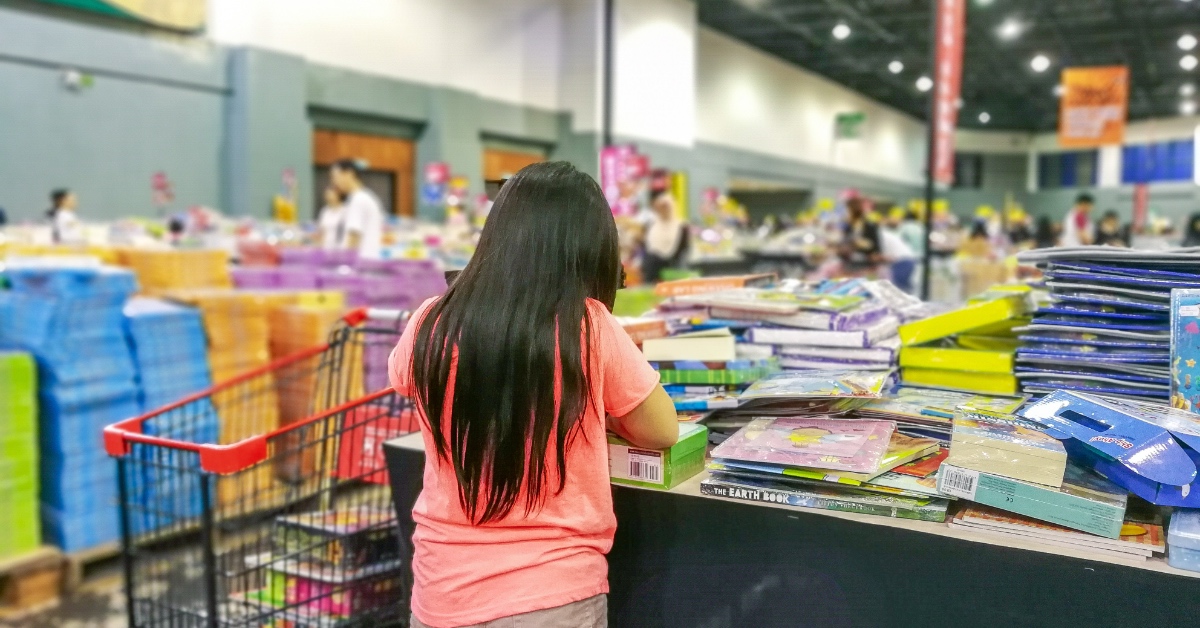
Not every homeschool family has a dedicated homeschool room or expansive school space for learning.
Many families make do with a living room corner, dining room table, or small area of their home. The good news is that with some creative planning and smart organization, any space can become an effective homeschool area.
Whether you’re working with a small room or a shared family room, these practical ideas can help maximize your available space to create a functional homeschool room that meets your family’s needs.
Essential Elements for a Functional Homeschool Space
Before diving into organization strategies, let’s review the key components that make a homeschool space work effectively. Every learning area, no matter how small, should include:
- A dedicated space for homeschooling, even if it’s not an entire room
- Storage for homeschool supplies and materials
- A comfortable and functional seating area
- A place for kids to display their work and projects
- A designated area for each child to work and learn
- Natural light, whenever possible
- Easy navigation and flow throughout the space
These core elements set the foundation for a successful learning environment. The next step is preparing your space through thoughtful decluttering and organization.
Decluttering Before You Begin
Before implementing any organization system, take time to assess and declutter your current materials:
- Inventory all homeschool materials
- Sort items into keep, donate, and discard piles
- Remove any duplicate materials
- Clear out outgrown resources or resources that are no longer relevant
- Keep only what’s needed for the current school year
This initial decluttering creates a clean slate for implementing smart organization strategies that will serve your family throughout the school year.
Smart Space Planning
Before purchasing storage solutions or reorganizing your homeschool supplies, carefully assess your available space by answering these important questions:
- Which room or area will serve as your primary homeschool space?
- Will you need a designated space, or can you use a multi-purpose room like the dining room?
- What storage space currently exists (closets, wall space, under furniture)?
- How can you best arrange furniture to maximize your school area?
- Where can you create a quiet space for focused work?
- Is there a natural flow of movement through your space?
- Are there opportunities for creating learning centers in unused areas?
Understanding your space constraints and the possibilities available to you will help to inform your organization choices and guide your furniture placement decisions.
Organization Strategies for Small Spaces
Creating an organized space helps students stay focused and productive. Here’s how to make even a small space work efficiently:
Multi-Purpose Furniture Solutions
When working with a small space, try to use furniture that serves multiple functions. Some examples might include:
- A dining table that works for both meals and school time
- A rolling cart to transport school supplies between rooms
- Folding tables or desks that can be tucked away
- Storage ottomans that provide both seating and extra storage space
- Small bookshelf units that fit nicely into corners
- A multi-unit cubby organizer for books and supplies
- Comfortable seating that can be easily moved
Maximizing Vertical Space
When floor space is limited, think vertically:
- Install floating shelves or a bulletin board
- Use over-the-door organizers
- Add a whiteboard or chalkboard to your wall space
- Create a reading nook with wall-mounted book storage
- Hang art supplies and craft supplies from wall hooks
- Consider using a pegboard wall organizer
- Utilize shelving units that reach up to the ceiling
Creative Storage Solutions
Storage is key for a small homeschool room. Consider these budget-friendly ideas:
Contain and Label Everything
- Use clear bins to organize math manipulatives and school materials
- Label containers clearly so items are easy to find
- Store like items together (art supplies, construction paper, picture books)
- Use magazine holders for schoolbooks and curriculum materials
- Keep frequently used items in easily accessible spots
- Use baskets or milk crates to segment each child’s materials
Hidden Storage Opportunities
Look for unexpected storage spaces:
- Under-the-bed storage containers
- Behind-the-door organizers
- Space under the couch
- Inside ottoman storage
- Between furniture and walls
- Unused closet space
- Garage or attic storage (for seasonal items)
Portable Solutions
For families using their dining room or living room as a school space:
- Invest in a rolling cart to store daily supplies
- Use portable file boxes for paperwork
- Try lap desks for flexible workspaces
- Pack supplies in handled tote bags for easy transport
- Consider collapsible storage bins
- Use rolling drawers for easy movement
- Create portable learning centers that can be easily moved
Decor and Personalization
Make your space inviting while still maintaining functionality:
- Display children’s art projects in rotating exhibits
- Create an inspiration wall with favorite quotes
- Add colorful bins that match your room’s color scheme
- Make seasonal decorations with students
- Design an achievement board to celebrate progress
- Incorporate plants and artwork
- Use tablecloths or placemats to define spaces
Maintaining Your Organized Space
Once you’ve organized your homeschool area, maintain it with these best practices:
- Clean up after each school day
- Regularly evaluate and declutter materials
- Rotate seasonal or unused items to extra storage
- Show children how to maintain their own spaces
- Establish clear expectations for each child’s responsibilities
- Do a thorough organization review each school year
- Use a planner or calendar to stay organized
- Implement a “one in, one out” policy for supplies
Budget-Friendly Ways to Source Organization Materials
Creating an organized homeschool space doesn’t have to strain your budget. Here are some cost-effective ways to find storage and organization solutions:
Shop Second-Hand
- Check Facebook Marketplace for used furniture and storage pieces
- Visit thrift stores for baskets, bins, and containers
- Find garage sales in your area
- Browse local buy/sell or “buy nothing” groups for homeschool supplies
- Look for quality furniture in consignment shops
- Ask your friends for hand-me-downs or participate in a co-op swap meet
DIY Solutions
Many organizational tools can be created from items you already have:
- Repurpose cardboard delivery boxes with decorative paper for storage purposes
- Convert mason jars into supply holders
- Transform wooden crates into mobile storage units
- Use old shoe boxes for organizing papers and small items
- Create dividers from sturdy cardboard
- Build simple shelving units as a school project
- Design a chalkboard or whiteboard wall
Shop Strategically
Save money by timing your purchases:
- Buy storage solutions during back-to-school sales
- Look for end-of-season clearance deals
- Check dollar stores for basic organizational supplies
- Take advantage of holiday weekend sales
- Watch for store closing sales in your area
- Shop during seasonal sales events
Building an organized homeschool space is a process—you don’t need to buy everything all at once. Start with essential items and add more storage solutions as your needs evolve and your budget allows.
Creating a Functional Learning Environment Anywhere
Successful homeschool planning doesn’t require an entire room or dedicated homeschool classroom. With thoughtful organization and creative use of space, any area can become an effective learning environment. Focus on creating functional spaces that work for your family’s unique needs and homeschooling style.
The keys to success are starting with a clear plan, implementing organization systems that make sense for your space, and maintaining them consistently. By following these guidelines and adapting them to your specific situation, you can create an efficient and enjoyable homeschool environment in just about any space.
Are you a working parent looking for homeschooling tips like these? You’re in luck! Check out Homeschooling Success: Tips for the Modern Working Parent [Show], featuring Demme Learning Show host Gretchen Roe and special guest Kelly Noah!




Leave a Reply